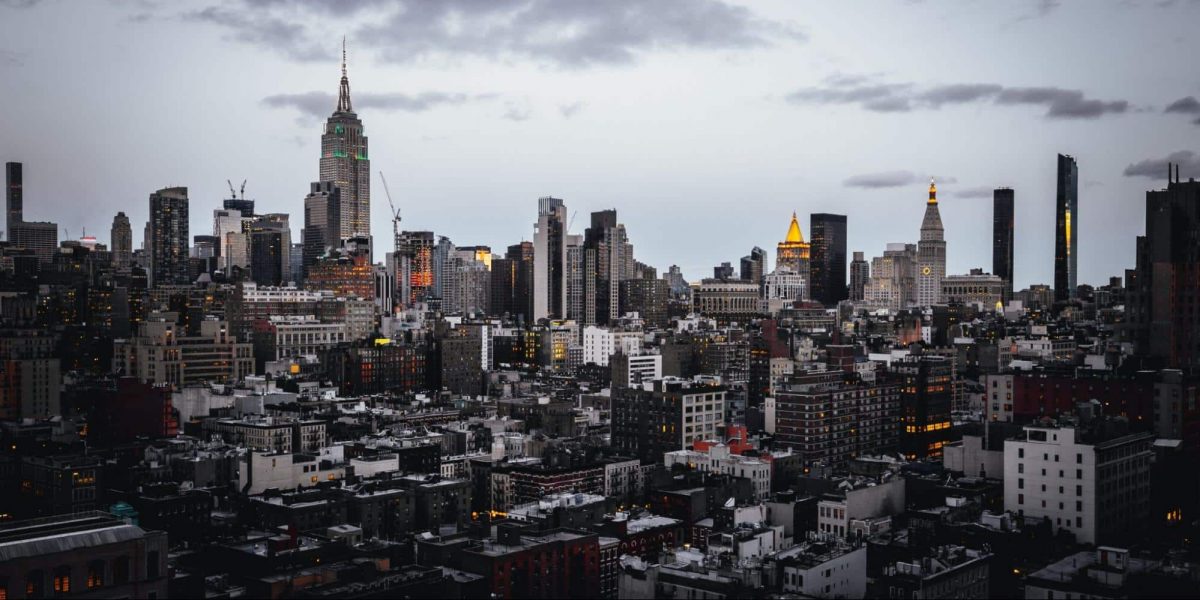Image commercially licensed from DepositPhotos
New York, a city that is well-known for its characteristic skyline and busy streets, has, over its history, been subjected to a number of weather incidents that are considered to be unparalleled. Some weather phenomena that have left an indelible mark on the city and its residents include hurricanes, blizzards, and other extreme weather events.
Thanks to advancements in technology, such as weather APIs, it is now far easier to anticipate the probability of a climate-related calamity. In the past, however, this process depended entirely on equipment with specific limitations. Here’s a look at some of the most memorable and worst weather situations that New York has faced.
The Great Blizzard of 1888
The Great Blizzard of 1888 is widely regarded as one of the most severe snowstorms that have ever occurred in the state of New York. When the storm came on March 11, the city became inaccessible by the excessive snowfall and strong winds. In several regions, snow drifts reached heights of up to fifty feet, which caused significant disruptions to transportation and considerable damage to structures. In addition to causing several casualties, the storm was responsible for changing snow removal and urban planning.
The Heat Wave of 1972
The state of New York was hit by an extended and deadly heat wave in July of 1972, which led to record-breaking high temperatures. Due to the oppressive heat, there was an increase in the prevalence of diseases that were triggered by heat, which put a strain on the city’s infrastructure. The heat wave highlighted the significance of effective urban planning and emergency preparation in the context of coping with situations involving excessive heat.
Nor’easter of 1992
The Perfect Storm of 1991, the source of inspiration for both the book and the movie of the same name, had a role in forming a severe Nor’easter in 1992 that wreaked havoc on the Northeast, including New York. Extreme snowfall, severe winds, and floods along the shore were all brought on by the storm. The severity of the effect was especially harsh on Long Island and coastal districts, highlighting the city’s susceptibility to Nor’easters and the need to enhance coastal defenses because of this vulnerability.
The Blackout of 2003
The blackout in 2003 was a substantial and prolonged inconvenience caused by a power loss. Although it was not a regular weather occurrence, it was somewhat disruptive. Many failures in the electrical system that cascaded into one another caused a significant portion of the Northeast, including New York City, to be without power for up to 4 days. During the blackout, the significance of having robust emergency response systems and infrastructure in urban settings became evident.
Hurricane Sandy in 2012
The devastating Hurricane Sandy, often referred to as “Superstorm Sandy,” made landfall in October of 2012, leaving a path of destruction throughout the East Coast, including New York. Flooding occurred in low-lying portions of the city due to the storm surge, ending in extensive power outages and considerable damage to the city’s infrastructure. A heightened awareness of the susceptibility of coastal communities to the effects of rising sea levels and severe weather events was brought about due to the catastrophic impact of Hurricane Sandy.
Conclusion
The resilient and adaptable nature of New York City has been put to the test by a variety of weather incidents over the city’s long and illustrious history. The city’s reaction to severe weather has been changed by each catastrophe, from blizzards to hurricanes, and these incidents have guided continuous attempts to transform the urban environment into one that is more robust and sustainable. When it comes to planning for an unpredictable weather future, these prior experiences serve as essential lessons for the city and its citizens. Climate change continues to bring along new issues and we need to collectively become resilient with our emergency preparedness in order to handle any environmental hurdles.
Published by: Aly Cinco



















